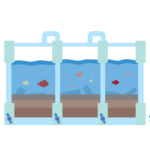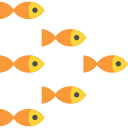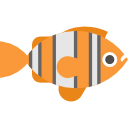Our Process
What Makes Us Different
Broodstock 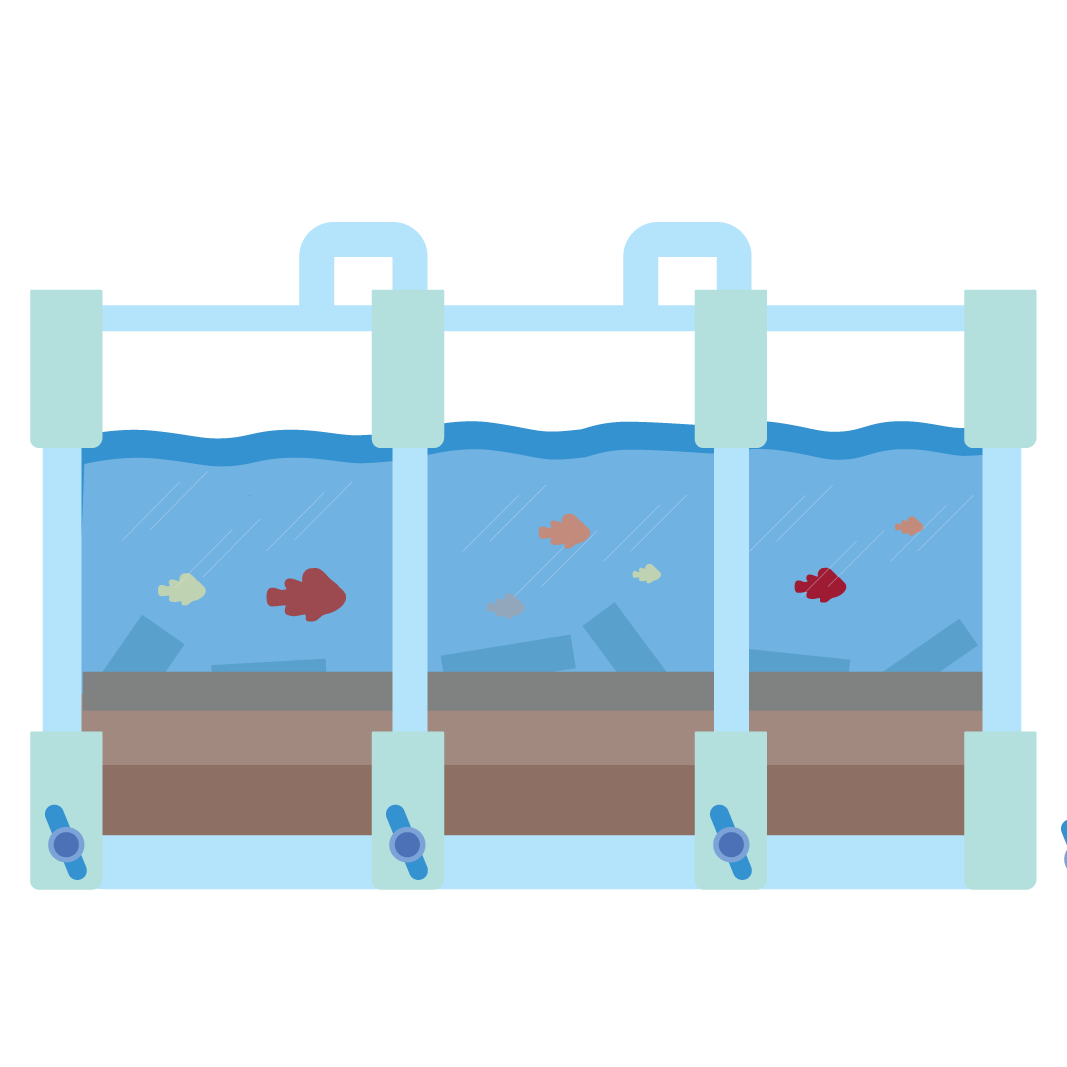
Our production process starts with the spawning parents which we call broodstock.
While most of these spawning fish are kept as mated pairs in their own separate tanks, some species are housed in groups, called harems, consisting of several fish. At Proaquatix, we consider our broodstock to be one of our most valuable assets and we go to great lengths to ensure that these fish are well-fed, healthy, and comfortable.
Each fish has been selected for its exceptional beauty and health. Although most of our original spawning fish were collected from the wild, we are increasingly able to use captive-raised offspring as broodstock. As you might imagine, having our own grow-out facility provides the unique opportunity to hand-pick, for breeding purposes, a few of the most beautiful or unusual specimens from the thousands of fish in production
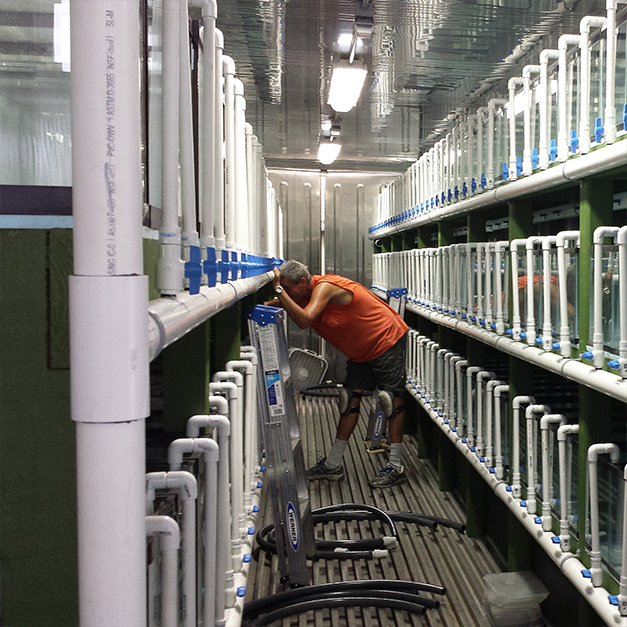
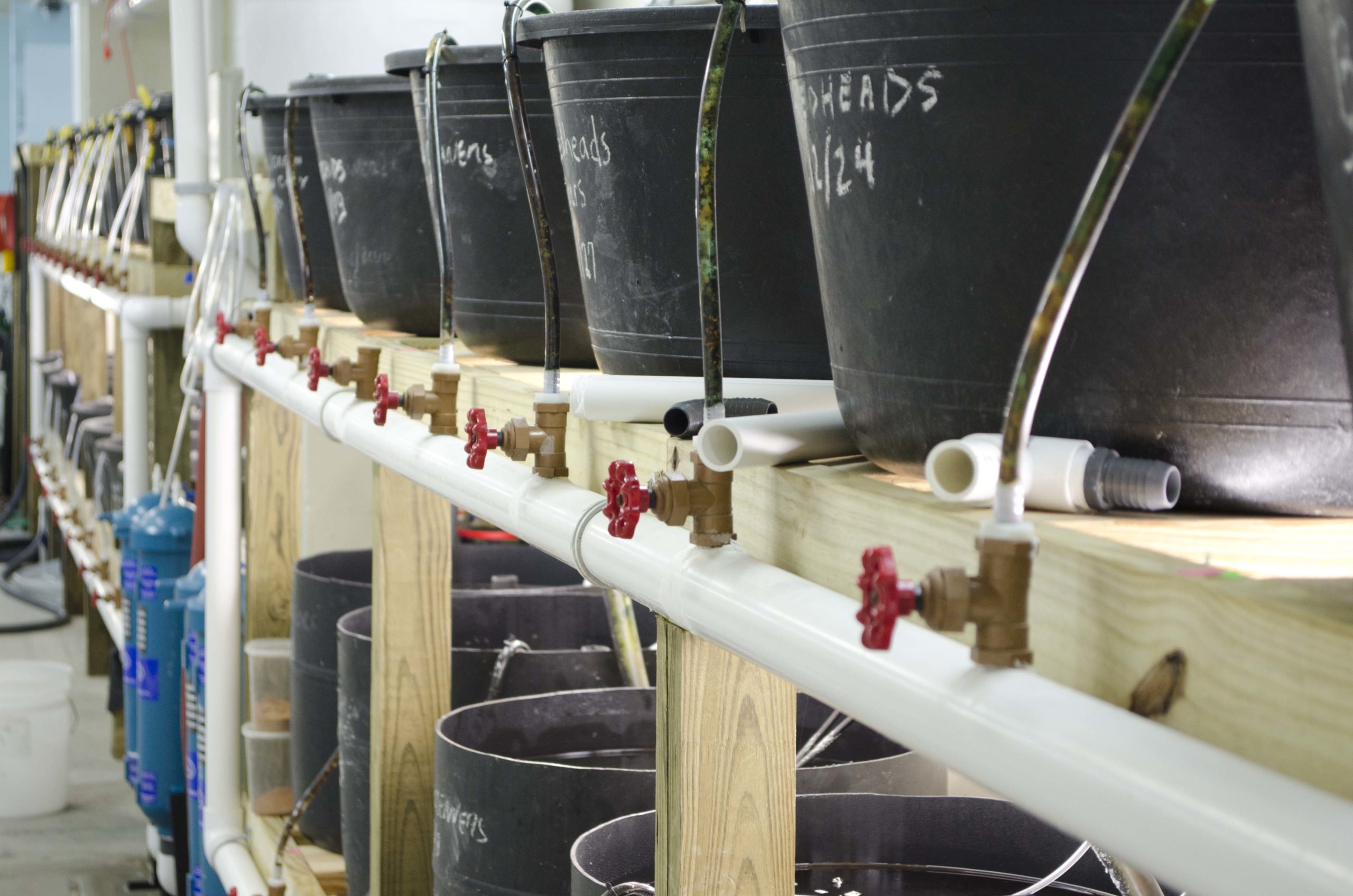
Hatchery 
Spawns are collected from the broodstock tanks and moved to an area inside our production facility called the Hatchery.
Here the larvae are fed a steady diet of zooplankton (usually rotifers and Artemia), until they can be trained to eat standard frozen and prepared foods. Each step in the process is carefully designed to produce the healthiest possible juveniles.
Growout 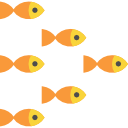
Once the fish are eating prepared foods, they are moved from the Hatchery into the larger tanks of the Grow-Out area.
The specialists who work in this area ensure the health and nutrition of these fish through a rigorous schedule that includes multiple feedings every day, regular water quality testing, and quality control. In just a few months, our fish are ready for the marketplace.
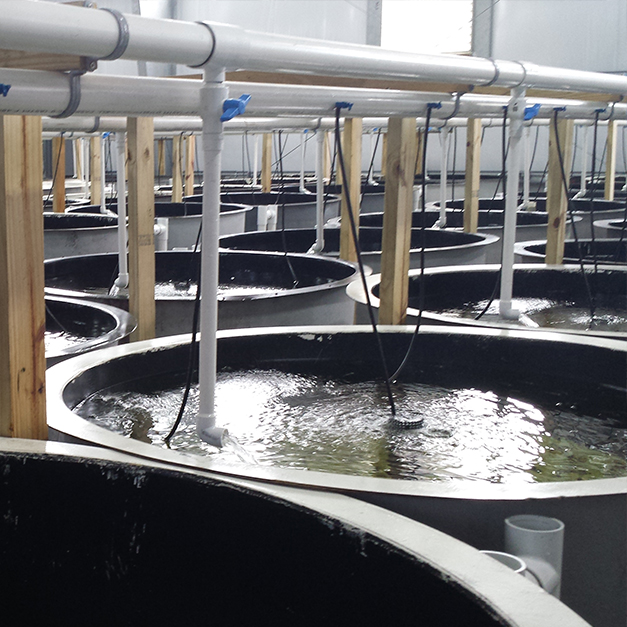
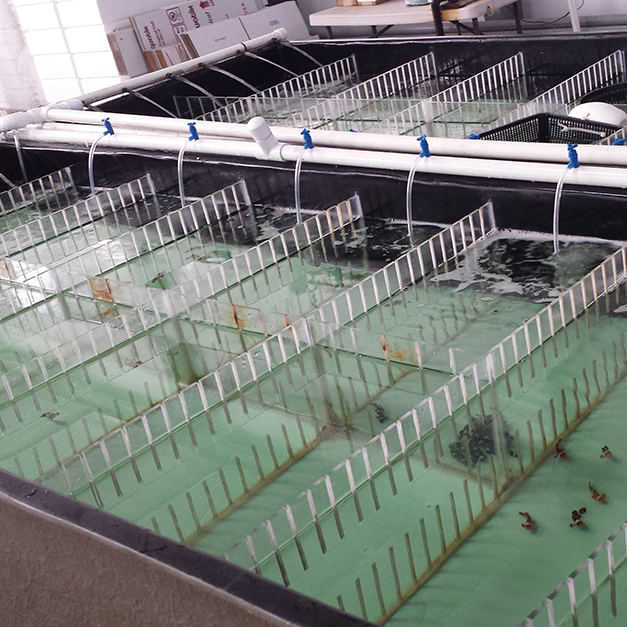
To Market 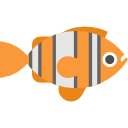
When an order is received, fish are retrieved from grow-out, individually inspected, and held in dedicated purge tanks for 1-2 days. Fish are not fed during this time to ensure that the water is not fouled during shipment.
In our Packing Station, fish are placed with care into poly bags containing clean shipping water. The bags are then filled with a large volume of pure oxygen and tightly sealed with a special clip. In the next step, the fish bags are arranged in insulated EPS tropical fish shipping containers. These insulated containers are then sealed and placed in cardboard boxes labeled as “Tropical Fish”.
Depending on weather conditions, heat packs or ice packs may be used to maintain the right temperature. The foam container is then placed inside a cardboard box, taped, labeled, and promptly shipped.
We guarantee live arrival plus 24 hours in your care.

